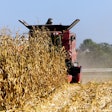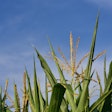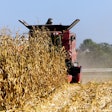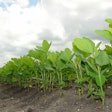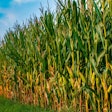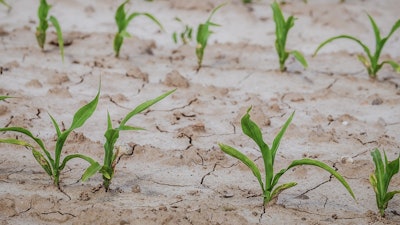
The latest drought summary from the National Drought Mitigation Center at the University of Nebraska-Lincoln, the United States Department of Agriculture and the National Oceanic and Atmospheric Administration, reveals a mixed weather landscape across the United States, with continued severe drought in some regions and relief in others.
Midwest: The Midwest region has faced worsening drought conditions over the past week, driven by above-normal temperatures and inadequate rainfall. Southern and eastern parts of the Midwest, including southern and central Illinois, Indiana, and Kentucky, have seen an expansion of abnormally dry conditions. Western Kentucky, in particular, has experienced an expansion of moderate drought, exacerbating stress on local agriculture.
Ohio has been particularly hard-hit, with exceptional drought conditions now extending into Pickaway County. This marks a troubling development for farmers in the region, who are grappling with severe soil moisture deficits and disrupted planting and harvesting schedules. The latest data indicates that Ohio's drought situation is among the most severe in the state’s history, with areas like Athens and Meigs counties already experiencing exceptional drought.
The impact on crops and livestock is significant, with many farmers facing reduced yields and increased costs due to the ongoing drought. The combination of high temperatures and low precipitation has led to a decline in crop health, while livestock operations are struggling with inadequate water supplies and feed shortages.
High Plains: The High Plains have also been severely affected by the recent weather patterns. Central and eastern North Dakota and South Dakota missed out on crucial rainfall, with precipitation levels falling short of agricultural needs. This has led to an expansion of abnormal dryness and moderate drought conditions in these areas.
Nebraska, particularly southeast Nebraska, has seen both abnormal dryness and moderate drought conditions worsen despite some recent precipitation. The ongoing dryness in these areas is detrimental to crop development and soil health. Farmers are facing challenges with water availability for irrigation and struggling with reduced soil moisture, which could impact yields and crop quality.
In southwestern Kansas, while there have been improvements with reduced drought conditions, the overall situation remains precarious. The region has seen some easing of drought conditions, but the prolonged dry period has had lasting effects on agricultural productivity.
Agricultural Implications: The continued drought in these regions is raising concerns about its impact on agriculture. The Midwest and High Plains are critical farming areas, and the current conditions threaten to affect crop yields and livestock health. Farmers are being forced to make difficult decisions regarding irrigation, feed management, and crop rotation to adapt to the ongoing challenges.
The combination of high temperatures and insufficient rainfall is leading to increased irrigation demands and higher costs for water and feed. The prolonged drought conditions are also impacting soil health, which could have long-term consequences for future crop production.





